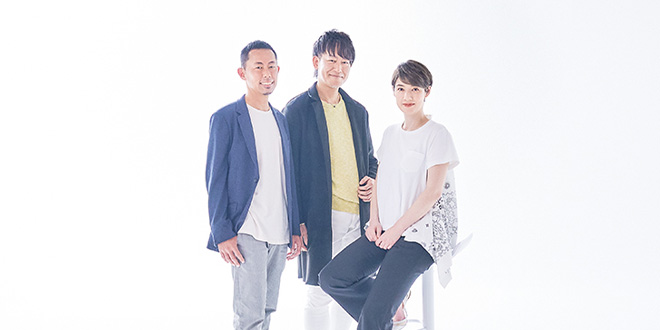Please select your location and preferred language where available.
Evolving memory technology even beyond imagination
- My Future Memories -
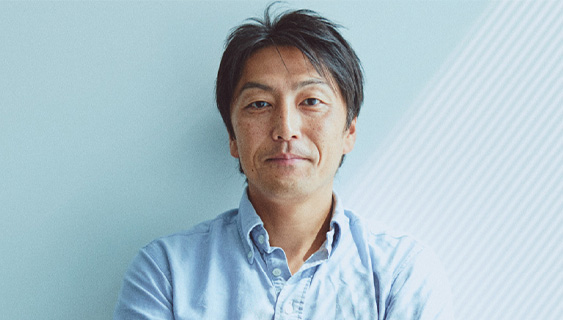

Advanced Memory Development Center
Tomoya Sanuki
October 1, 2019
KIOXIA has established “Uplifting the world with ‘memory’” as its mission. How do the employees of KIOXIA regard memory? Through a series of interviews, we will look at “My Future Memories,” which each employee will pursue going forward. In this edition, we spoke with Tomoya Sanuki of the Advanced Memory Development Center. He shared with us his thoughts regarding next-generation memory.
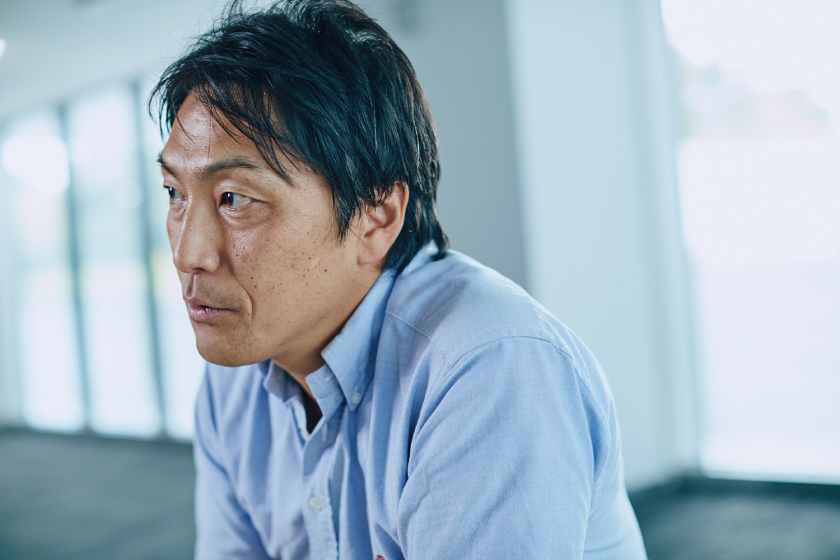
Attracted to Toshiba by Free Corporate Culture; Poured Passion into Semiconductor Development
Sanuki joined Toshiba in the spring of 1999. His major at university was solid-state physics, and he remembers that he wanted to be engaged in R&D related to semiconductors, which could be said to be at the core of his chosen field of study.
Sanuki had originally planned to go on to graduate school, but his seniors and friends were telling him that “Toshiba’s semiconductor development is supposed to be interesting. You can choose your own theme and they will allow you to research freely.” Sanuki heard that and thought, “If that’s the kind of company it is, maybe I should join them.” He was hired and assigned to the system LSI development division.
“Systems with various functions are comprised of logic circuit memory that governs logic, which is the key component in information devices,” explains Sanuki. “After joining Toshiba, I specialized in high-performance transistors and embedded memory. During that period, cutting-edge technology was constantly in need for manufacturing and development, and at the time there was a fierce development battle unfolding among manufacturers such as Toshiba, IBM, Intel, and Taiwan Semiconductor Manufacturing Company (TSMC).”
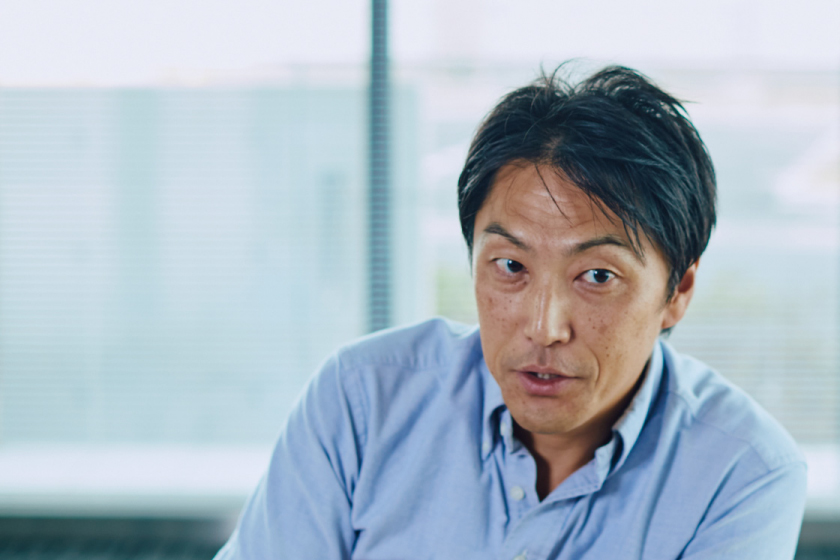
Returning to Semiconductor Development in Pursuit of the Driving Force of Enjoyment
After Sanuki had been with Toshiba for about a decade, the company needed to find a path to cooperative development with overseas manufacturers, and Sanuki was dispatched to IBM in the United States for a year. After returning to Japan, he left system LSI development and joined a team whose purpose was to create new business using semiconductors.
“I was involved in the development of consumer products such as thermometers, pedometers, and sensing devices for agricultural use,” recalls Sanuki. “I was doing research into the ladder-like theme of what we today refer to as Smart Agriculture, where aerial views of fields and rice paddies would be acquired using drones, and the data from the sensing devices would be used by AI to ascertain the crop cultivation status, which would be useful in cultivation.”
Having experienced meeting farmers, however, sparked a desire in him to return to semiconductor development.
“I was surprised to find, though, that there were many younger farmers who had no need for new technologies or advanced IT,” Sanuki says. “They were not farming because they were interested in making money, nor were they looking to enjoy their work by making it easier. They wanted to deliver vegetables they themselves had grown directly to people, and see firsthand how happy it made them. They farm purely for the enjoyment of farming. It made me feel like I wanted to cherish that feeling and way of life.”
In the case of services and technologies that are vital, people will find a way to get them on their own. More than anything else, he had not yet achieved anything in the area which he was most interested in pursuing – there were things left for him to do. With this in mind, Sanuki went back to his way of thinking upon joining the company, deciding to return to semiconductor development.

“Remembering Memories,” Which Stresses Sentimentalism, is the Key Phrase for the Next Wave of Technological Innovation
The Advanced Memory Development Center, of which Sanuki has been a member since 2016, is located at the Yokkaichi Factory, a major flash memory production base. Its purpose is to undertake R&D related to next-generation memory, and to pave the way for its mass production. Sanuki stresses, however, that “Everyone involved in next-generation memory – including manufacturing, sales, and marketing and not just a portion of the employees – have a responsibility to think about the form it should take.”
“NAND flash memory, which was invented in 1987, saw a series of technological innovations such as miniaturization, grating, and stacking, and through enabling large capacity, it sought to achieve the minimum cost per bit. BiCS FLASH™, the 3D flash memory that is currently the major product, layered the elements traditionally arranged horizontally (2D) vertically – which is called stacking – which made possible a significant increase in memory capacity without changing the size.”
“For a while, by increasing the number of layers, we can continue to increase capacity, but we will reach the limit at some point. Just as we cannot build buildings to unlimited heights, we also cannot continue stacking forever. That’s how we arrived at ‘memory’ as the axis of new development.”
From recording devices that simply accumulate data to memory devices that stir people’s hearts. This brand tag line indicates the direction of memory evolution a step beyond large capacity.
“For instance, a photo taken with someone close to you in front of a famous structure or scene in a country one is visiting for the first time versus a photo unintentionally captured by misusing one’s smartphone. The volume of this photo data is about the same. However, they are vastly different from the volume of the attachment of the person taking the photos. Those of us who have manufactured recording devices to this point have been unable to properly consider the user’s attachment and heart. But shifting our gaze toward the emotions and feelings of such users has the potential to push memory forward dramatically,” Sanuki notes.
Each time we use memory... each time we encounter a recording of the past... without fail, it makes us feel something. Sanuki emphasizes that going beyond the framework of a recording device into the realm of a memory device that delves into the correlation between records and emotions is the direction next-generation memory should take.
“The objectives of the memory device we’re looking to achieve are not standard goals such as large capacity and stacking. It’s not a matter of us finding our answer by spending all of our time on R&D – rather, it’s likely that a perspective different from that of an engineer is necessary. That’s why I feel it’s important for every member of KIOXIA to come up with ideas and be actively involved in product development.”
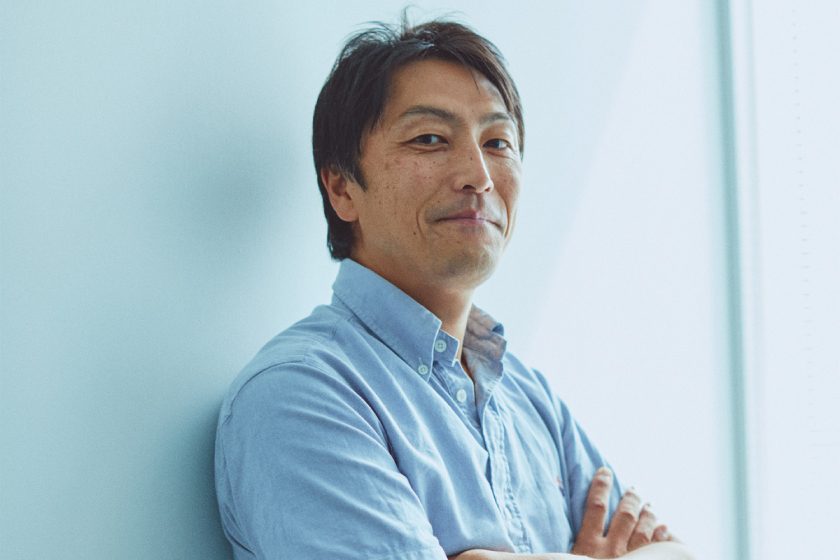
Creating a Memory Device that Responds to Various Needs and has Great Importance in Our Daily Lives
Instead of specializing in the manufacturing of general-purpose memory, Sanuki believes that they should “respond by manufacturing various products to meet the varied needs of users, because the functions required will change depending on the situation in which they are used.” So, in what kinds of situations does KIOXIA see the memory device it intends to create being used?
“The seeds of ideas are scattered everywhere. In the hobby and entertainment fields in particular, the connection between records and emotions is strong, so we believe they are domains that demand memory technology. For instance, I’m a big fan of sumo wrestling, and the first time I went to the Ryogoku Kokugikan – a famous venue for sumo wrestling in Tokyo – I watched the activity from behind the wrestlers while seated very close to the ring. The impact was such that I’ll never forget it.”
“Research into multi-view image technology, which would enable enjoyment of images during a soccer broadcast from anywhere on the field, is progressing. In the same way, when I think that I could record and appreciate the wrestlers’ action from upon the ring at the Ryogoku Kokugikan, I get really excited. If there’s someone out there who wants to develop such technology, I’d be happy to work with you,” Sanuki says with a smile.
In closing, we asked Sanuki to share his vision of the memory technology of tomorrow.
“Regardless of how far technology advances, only human beings can create new ideas. While taking advantage of the NAND flash memory technology we have brought this far, I want to develop new memory and new memory devices by combining the power of all employees. Changing the company name to KIOXIA is a once-in-a-lifetime opportunity for us to experience a rebirth. I want to provide things that have great meaning in everyday life and things that uplift the world.”
Advanced Memory Development Center
Tomoya Sanuki
Sanuki joined Toshiba in 1991. For over ten years, he pursued R&D related to system large-scale integration (LSI). After that, he gained experience in the planning and development of consumer products, and is currently involved in R&D related to next-generation memory at the Advanced Memory Development Center. Sanuki was transferred to Toshiba Memory (now KIOXIA) in 2017.
The content and profile are current as of the time of the interview (October 2019).

